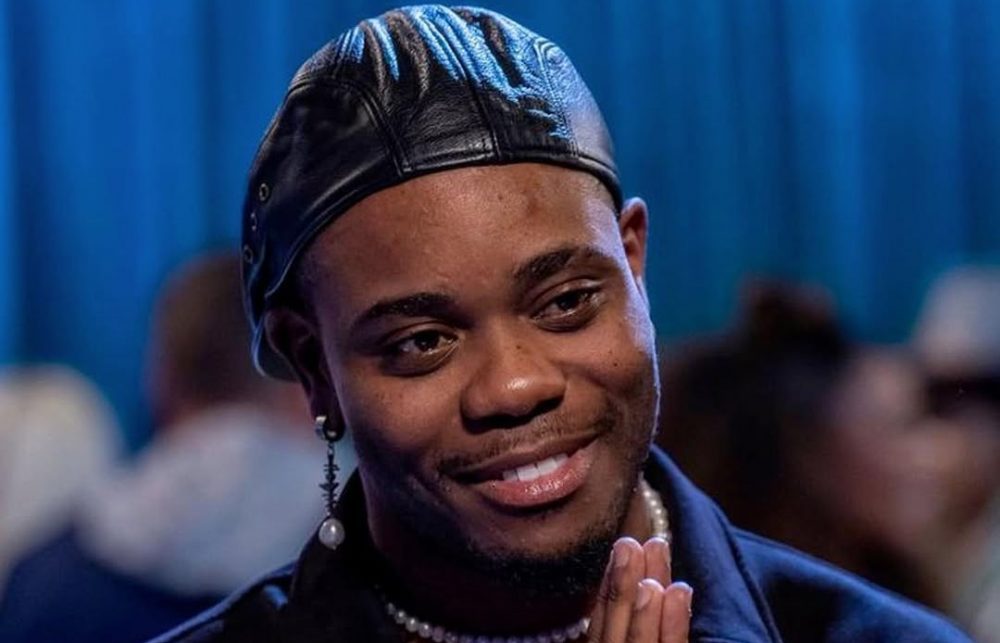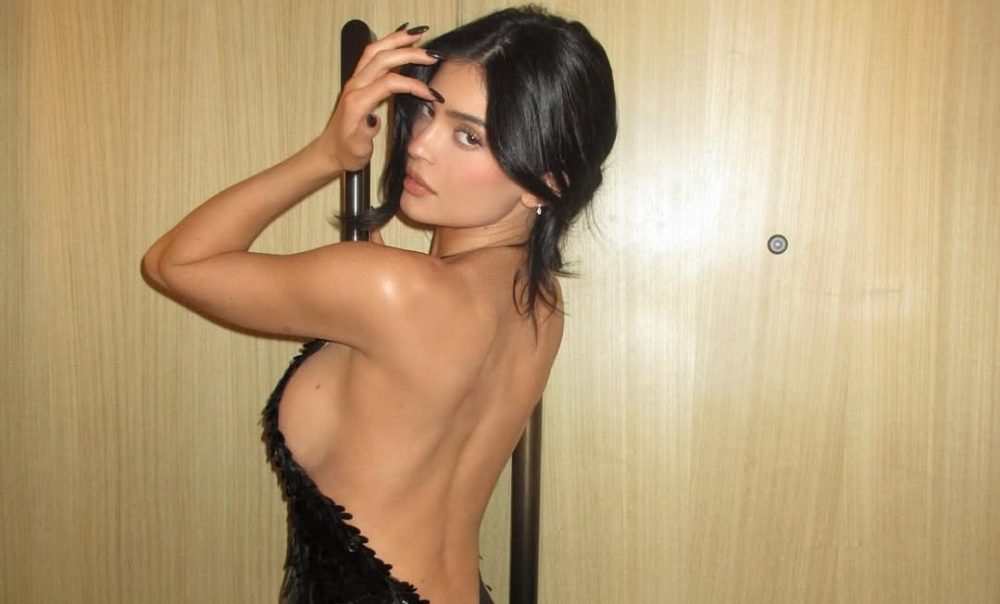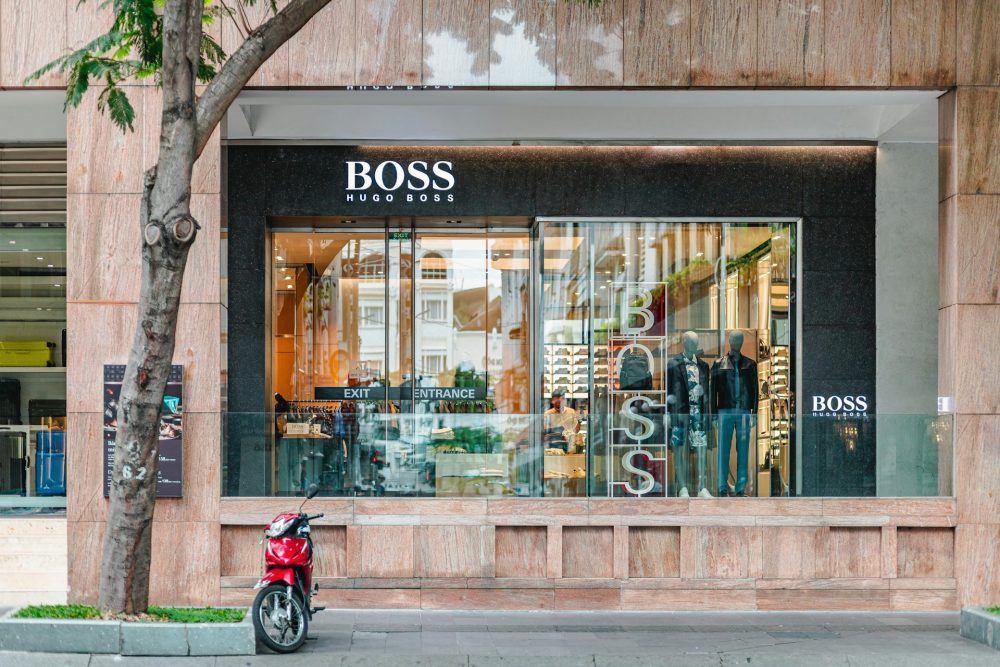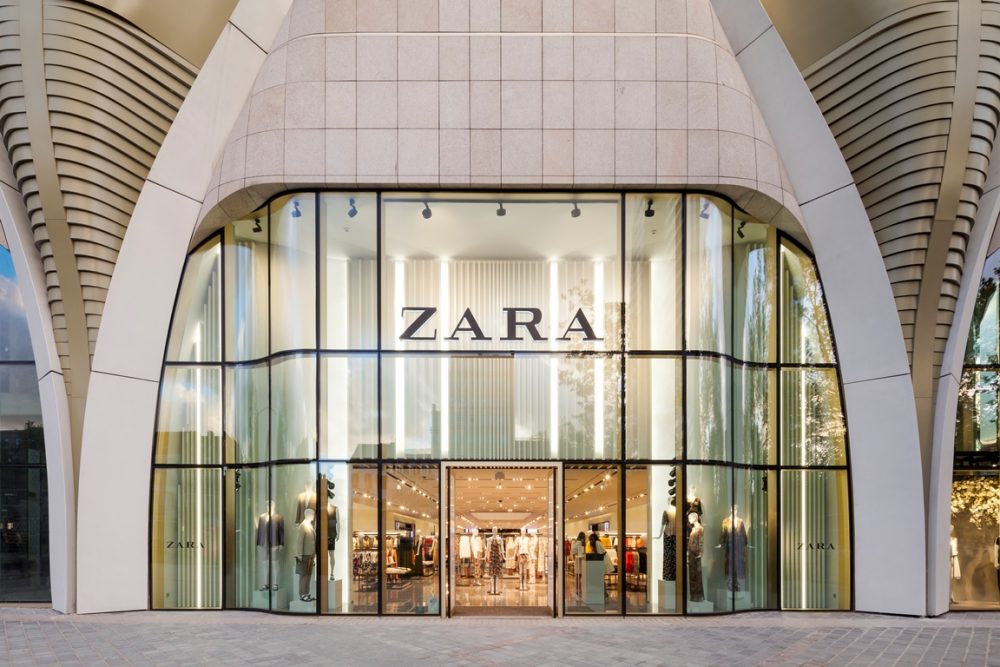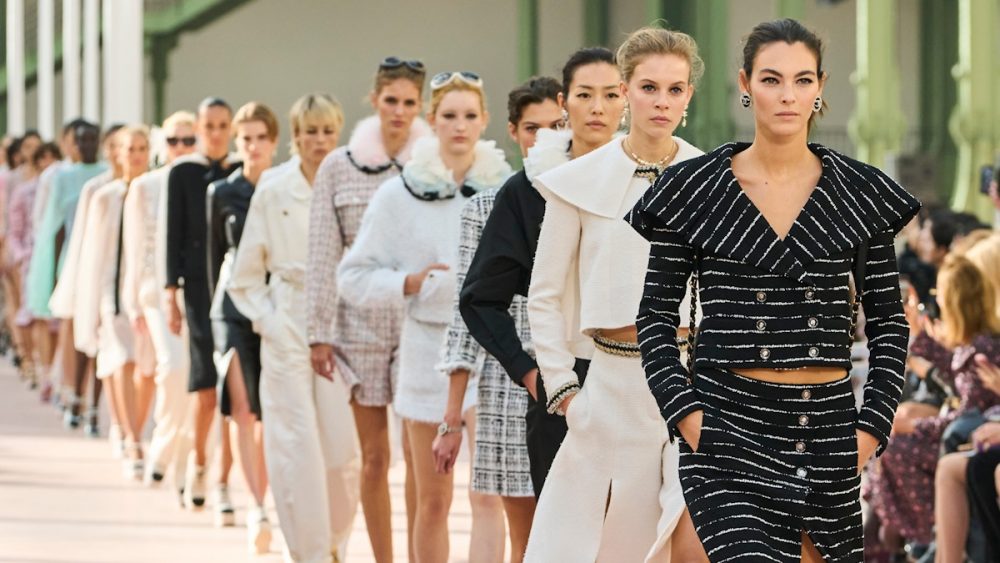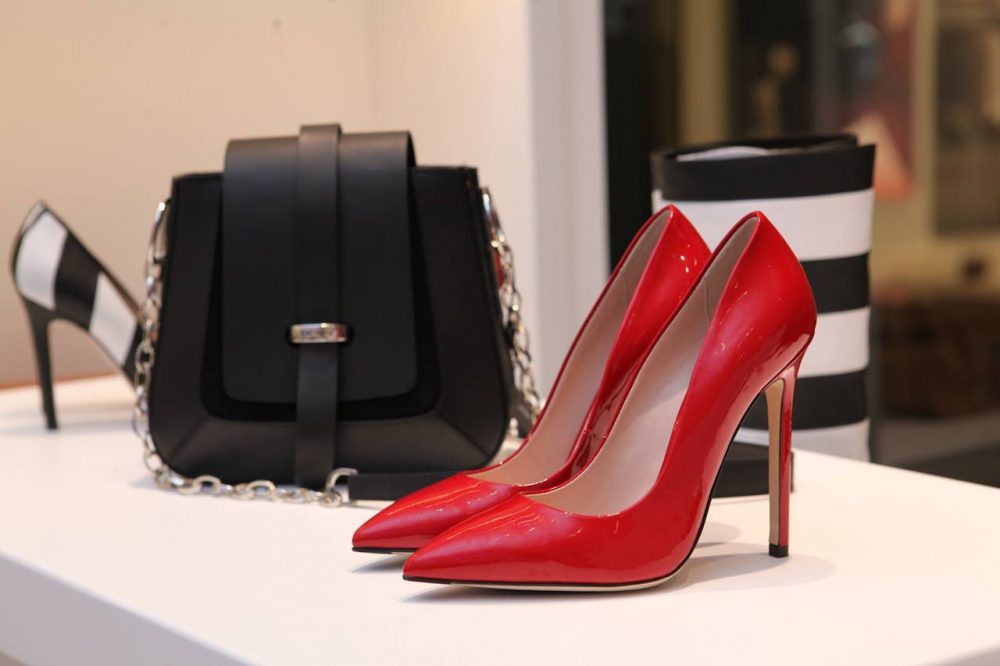Ugly fashion trends are capturing attention like never before. Social media platforms like TikTok, Instagram, and Pinterest highlight outfits that defy traditional style standards. These ensembles often look thrown together or intentionally mismatched, leading many to question if fashion has lost its way. However, this unconventional approach reflects a rapidly changing trend cycle and shifting cultural attitudes toward aesthetics.
The Fast Fashion Cycle’s Influence on Ugly Fashion
Fashion trends used to last years before moving to the next big style. Now, they cycle faster than ever due to platforms like TikTok and Pinterest. Trends come and go within months, simultaneously pushing multiple decades of styles into relevance. From ‘70s flared jeans to 2000s low-rise pants, it’s all trending at once, creating an overwhelming mix of eras that looks both innovative and chaotic.
This compressed cycle means clothes are produced and discarded faster than before. Shoppers wear trendy pieces only a handful of times before disposing of them, adding to the fast-fashion waste cycle. The result? A growing prevalence of low-quality hastily made items that rarely prioritize durability or comfort, often contributing to the “ugly” aesthetic dominating today’s fashion.

@Fashinnovation | Instagram | Shoppers wear trendy pieces only a handful of times before disposing of them, adding to the fast-fashion waste cycle.
How Cheap Materials Affect Fashion’s Aesthetics
With fast-fashion brands rushing to match the latest trends, clothing quality has declined dramatically. Many brands manufacture quickly, prioritizing cost over quality. For instance, some companies produce knock-offs of celebrity outfits within days of their social media debut. These items, designed to capture attention for a short time, often look awkward or poorly constructed due to cheap materials and rushed production.
This approach inevitably impacts aesthetics, as poorly crafted clothes can look unappealing or mismatched. Additionally, fast-fashion garments lack the construction and detailing that give clothes character. The disposable nature of these pieces, combined with unpredictable trend cycles, leaves consumers with closets full of fleeting, often unattractive items.
The Intentional Appeal of “Ugly” Style
Interestingly, ugly fashion isn’t always accidental. Many consumers actively embrace styles that challenge conventional beauty standards. This trend reflects a broader cultural shift toward authenticity and individuality over conformity. People increasingly choose statement pieces that defy traditional ideas of attractiveness, rejecting highly branded or overly polished looks in favor of unique, sometimes bizarre choices.
This movement also ties into internet culture, where humor and irony are celebrated. Clothes are now a medium for self-expression, with people wearing intentionally “ugly” pieces to provoke reactions or make a statement. Slogan t-shirts are a prime example. Popularized by celebrities, these shirts often contain humorous or ironic messages, such as Sabrina Carpenter’s “Jesus was a Carpenter” design, sparking conversation and resonating with younger audiences.
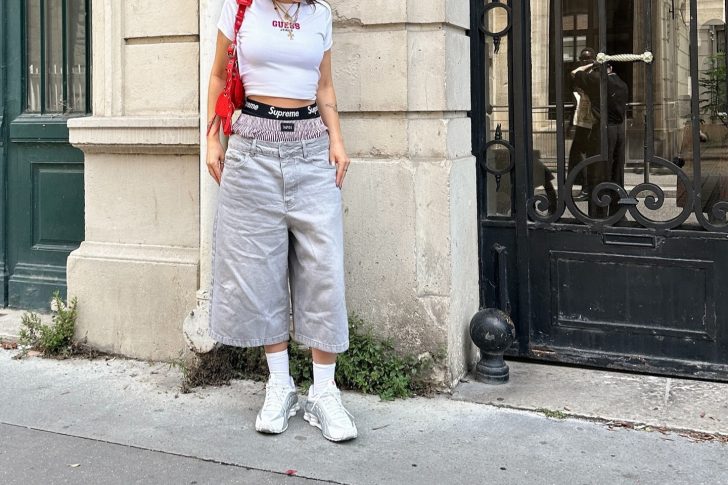
@nadiaidder | Instagram | Clothes are now a medium for self-expression, with people wearing intentionally “ugly” pieces to provoke reactions or make a statement.
Social Media’s Role in Shaping Ugly Fashion Trends
Social media’s influence on fashion is undeniable. As trends appear online, they spread globally in hours, creating instant demand. Fashion influencers and celebrities promote styles that followers then replicate, often with exaggerated or unconventional results. In this environment, clothing reflects personal style and serves as a visual message to a digital audience. The result is a unique blend of bold, sometimes absurd styles intended for instant online impact.
The emphasis on visual appeal, rather than comfort or quality, contributes to the “ugly” factor. Clothing may look intriguing in a photo or a 10-second clip but can be impractical or uncomfortable in real life. This trend often favors novelty over wearability, pushing people to experiment with extreme styles that challenge traditional notions of beauty.
The Push for Quirkiness and Individuality in Fashion
The rise of ugly fashion also underscores a shift towards embracing individuality. Consumers are tired of homogeneous, mass-market styles and are seeking ways to stand out. This approach fosters creativity as people mix vintage finds, quirky accessories, and unconventional cuts to build unique looks that resonate personally. Even high-end fashion houses have embraced this trend, often creating intentionally offbeat collections that defy conventional beauty.
This quirky fashion trend encourages people to prioritize fun and self-expression over perfection. Although it can lead to questionable fashion choices, it empowers individuals to embrace a more authentic and meaningful style.

